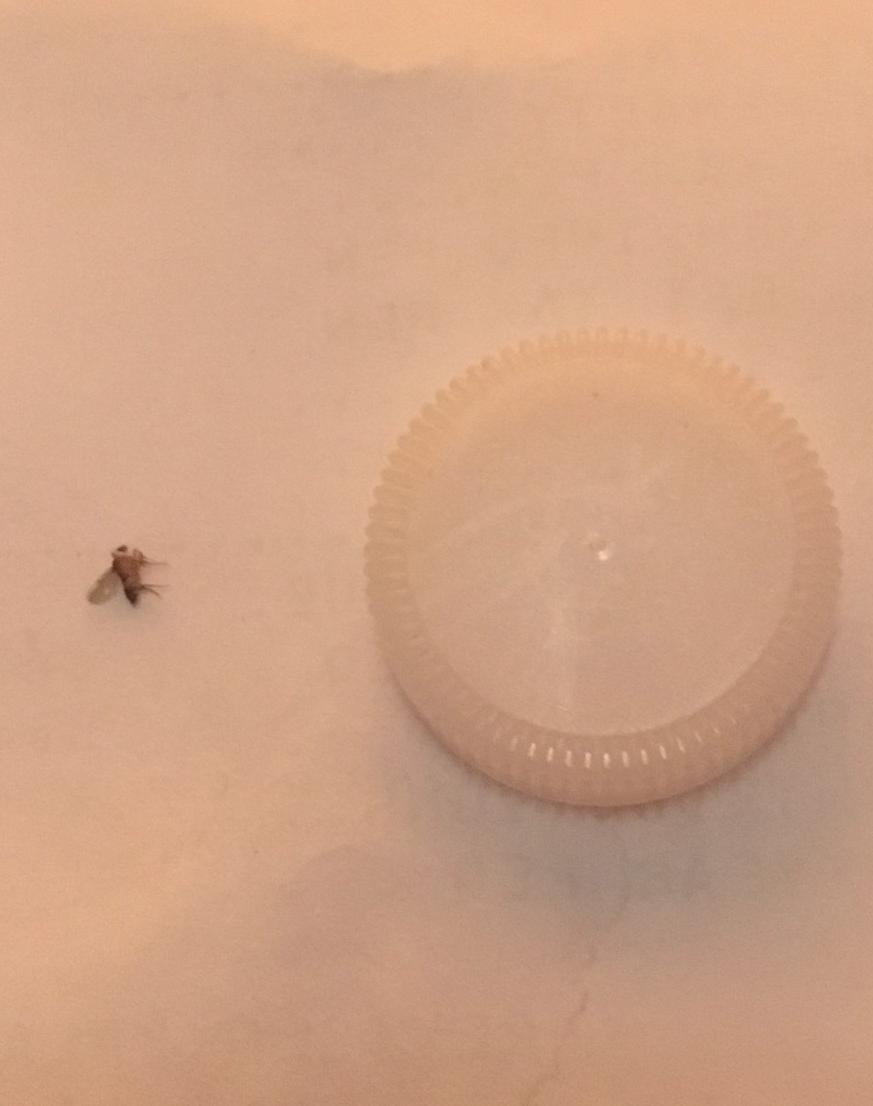These are Scuttle Flies (Order Diptera, Family Phoridae) (the wing venation, best seen on the lower left individual of the top photograph, is characteristic); the group has several hundred species in America north of Mexico. So far as I am aware, the generic key in Manual of Nearctic Diptera, Volume 2 (available online here, pages 25 to 48) will still yield useful results, but cannot be used on these photographs. The 30 pages in bugguide.net's gallery (starting here) eliminate a few of these, but not nearly enough to go further on the evidence we have.




